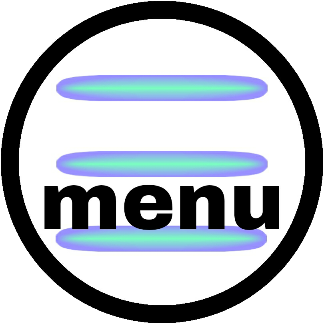Learn Chinese for Free—Lesson 11
Today's Chinese characters:
不会说中文英汉语
The other Chinese characters contained in this lesson have already been studied previously. You can just click on them and go back to the corresponding lesson.
Let's face the facts:
- At this point, you still don't speak Chinese.
- After your 你好, 您贵姓, and 很高兴认识你 are said (even if that is a very good start), you are completely lost.
- Unless you don't want to start to count in Chinese...
Today with this lesson you start to learn a way to interact with your Chinese friends even if your knowledge of Chinese language is very, very limited. You may want to consider the sentences that you are going to learn as your "survival kit" :-)
First Chinese sentence to put into your "survival kit": 你会说英文吗?(Do you speak English?)
| Character Knowledge Meter |
|---|
|
13.0%
Today with this lesson your knowledge of Chinese characters will reach 13.0% of all the Chinese language usage! |
Characters' Essentials

ATTENTION: When it precedes a syllable of the fourth tone, it is pronounced in the second tone.







Description and Examples
The meaning of: 不—Part 1 不 is used to form the negative of verbs, adjectives or other Chinese adverbial words. Its place is just before them. Change of tone: 不 normally is pronounced in the fourth tone, but when it precedes a syllable of the fourth tone, it is pronounced in the second tone. For example, before 好 it is pronounced in the fourth tone, but before 会 the tone must be changed into second. 不好 Attention: this rule about the change of the tone is limited to the character 不. |
Dialogue 4
How to ask questions—Part 1 As we have seen in the case of “你好吗?”, an interrogative sentence is formed by adding the modal particle 吗 at the end of a declarative sentence, either affirmative or negative. Example 1 Affirmative declarative sentence: Interrogative sentence: Example 2 Negative declarative sentence: Interrogative sentence: This is the most frequently used way of asking a question. |
How to ask questions—Part 2 The affirmative-negative question, or alternative question (often referred as A不A question), is formed by juxtaposing the verb or adjective of the predicate and its negative form. Examples 老师会不会说英语? |
How to answer: Yes or No The most common way of simply and politely answering yes in Chinese is by repeating the main element (verb or adjective) of the question's predicate, or its negative form if you want to answer no. Example question: 你会不会说中文? answer 1: 会。 (meaning: Yes, I do) |
A Joke
Is there anything you want to ask me about this lesson?
That's all for today. I wish you like my website and go on clicking and clicking on its other sections! However, if you need personalized lessons and want to make your pronunciation perfect click here.
IMPORTANT: About the ads in this page, if you see something inappropriate please tell me immediately (even anonymously) clicking here. |







